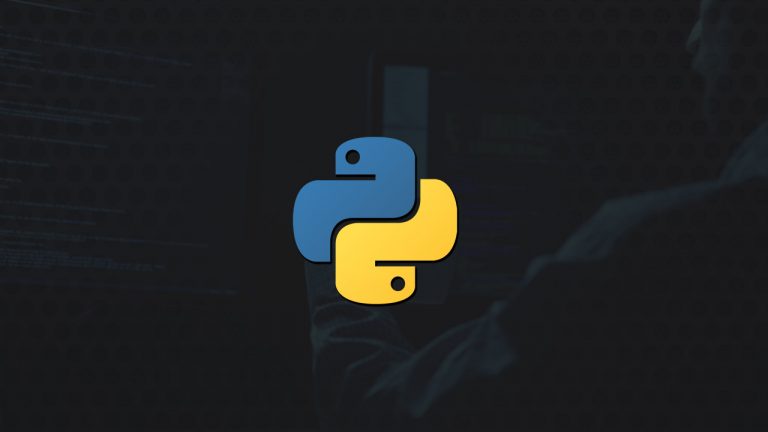Python is one of the most popular programming languages and known for its simple syntax and huge collection of libraries. It helps developers build applications writing fewer lines of codes and make them more productive. Due to the simplicity of Python, many developers have started creating new libraries for machine learning. Let’s have a look at five useful python libraries for machine learning projects.
Read: 5 Best Python Libraries For Data Visualization in 2019
Contents
Python Libraries For Machine Learning
1. Keras
Keras is one of the excellent Python libraries for machine learning. It makes expressing neural networks easier along with providing some best utilities for compiling models, processing data-sets, visualization of graphs and more.
Keras uses Theano or TensorFlow at the backend and provides useful portable models. The best about this library is — it supports almost all the models of a neural network — fully connected, convolutional, pooling, recurrent, embedding, etc. Keras is currently used by Netflix, Uber, Yelp, Instacart, Zocdoc, Square and many others.
2. Numpy
Numpy is another popular machine learning python library. It’s easy to use, interactive and quite intuitive. It makes complex mathematical implementations very simple. Numpy can be used for expressing images, sound waves and other binary raw streams in the form of an array of real numbers in N-dimension.
It makes coding really easier and help in grasping the concepts. Popular libraries like TensorFlow uses Numpy internally for performing multiple operations on Tensors. Array interface is the most highlighted feature of Numpy.
3. TensorFlow
TensorFlow is an open-source Python library developed by Google in collaboration with Brain Team. TensorFlow is used for writing new algorithms that involve a large number of tensor operations. As neural networks can be easily expressed as computational graphs, they can be implemented as a series of operations on Tensors using TensorFlow. Moreover, these tensors are N-dimensional matrices which represent your data.
Unlike Numpy and other libraries, TensorFlow lets you easily visualize each and every part of the graph which is not an option while using Numpy or SciKit. It’s easily trainable on CPU as well as GPU for distributed computing. TensorFlow is used in almost every Google application for machine learning.
Also Read: Top Tips for Beginner Python Programmers to Get better
4. Scikit-Learn
Scikit is one of the most useful Python libraries for working with complex data. It’s associated with NumPy and SciPy and comes with many useful features.
This Python library has gone through a lot of changes recently. One major modification is the cross-validation feature, which now provides the ability to use more than one metric. Other training methods like logistics regression and nearest neighbors have also received some little improvements.
Scikit-Learn provides many algorithms for implementing standard machine learning and data mining tasks like reducing dimensionality, classification, regression, clustering, etc.
5. PyTorch
PyTorch is one of the most popular machine libraries known for its extensive features. It’s based on Torch, an open-source machine library implemented in C with a wrapper in Lua.
PyTorch allows developers to create dynamic computational graphs and calculate gradients automatically. Other than this, it also offers rich APIs for solving application issues related to neural networks.
It facilitates distributed training by optimizing performance in both research and production. PyTorch is primarily used for natural language processing applications. It’s considered as a backbone of TensorFlow and gaining a lot of traction these days.
Recommended: Difference Between Frameworks and Libraries
Wrapping Up
That’s it for this article. If you know your requirements clearly, I don’t think you will face any problem in picking up the right python library for machine learning. If you know any other useful library that should be present in this list, do let us know in the comments below.

